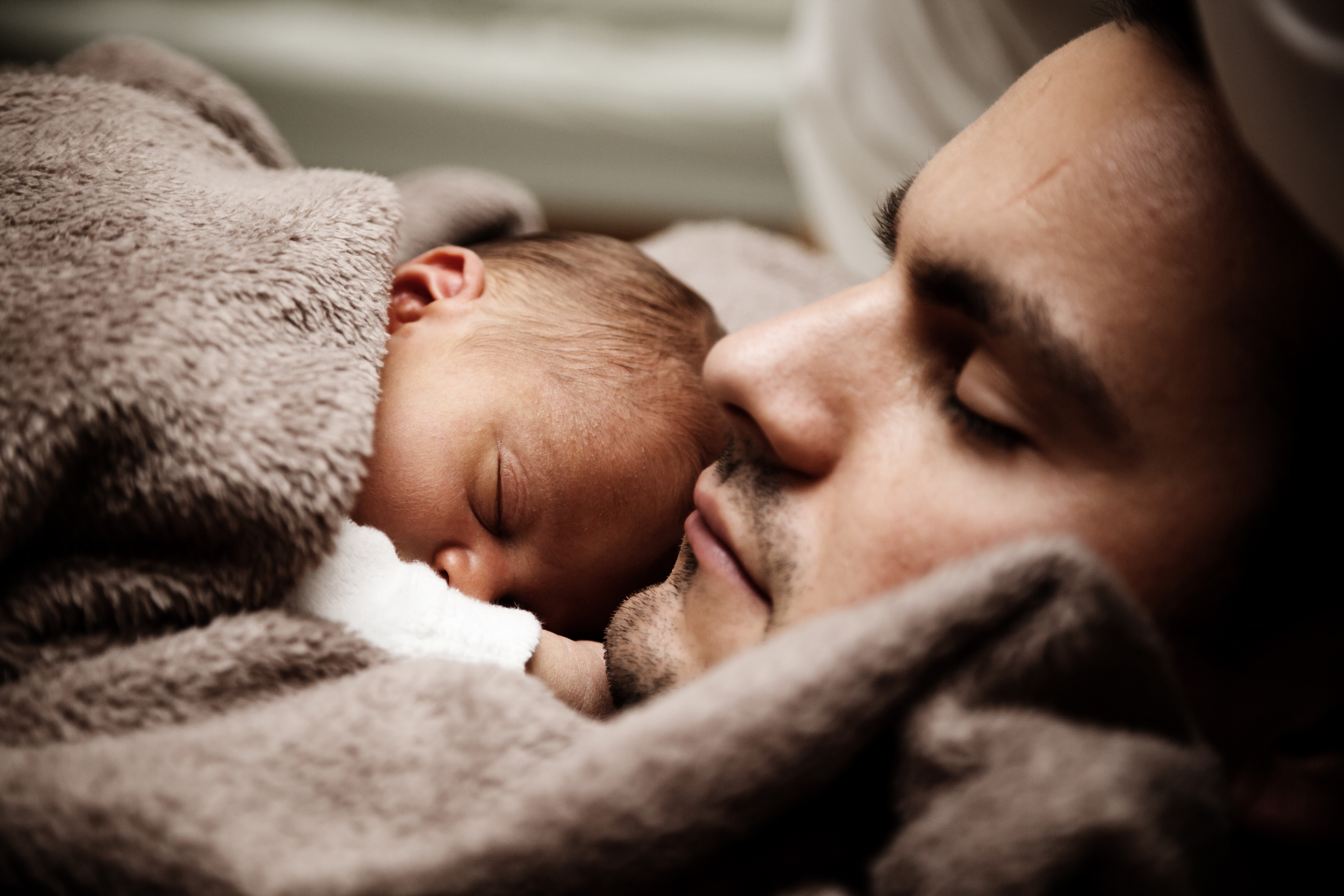
March 25, 2020 by Ned Holstein, MD, MS, Founder and Chairman Emeritus, National Parents Organization
As of Tuesday, March 24, far more men than women had died from Covid 19. Yet this has barely been mentioned in the public discourse on the pandemic, and comprehensive data on the subject could not be obtained by CNN reporters.
In almost the only public airing of this issue, Dr. Deborah Birx, the White House coronavirus response coordinator, stated at the White House press briefing last Friday, “From Italy we’re seeing another concerning trend, that the mortality in males seems to be twice in every age group of females.” CNN reached out to Dr. Birx for further comment, but without response to date.
Such a sex difference is very large and carries crucial implications for control of the pandemic. For instance, based on Chinese data, the overall case fatality rate — the probability of dying if one contracts the virus — is 14.8% among those in their 80’s and older. This statistic has been widely reported and has assumed central importance in discussions on how to control the pandemic.
According to my calculations, this overall number masks a huge sex difference that has been ignored. The case fatality rate for women in their 80’s must be about 8%, while that for men in their 80’s must be about 26% — more than three times higher. The risk of death for men in their 80’s who contract the virus is thus considerably higher than the risk of death for people with heart attacks who make it to the hospital.
This is because there are far fewer men in their 80’s than there are women to contract the virus in the first place. Only 38 percent of people in their 80’s are men (U.S. Census Bureau), so it is extraordinary that a minority of the population in this age group can provide two-thirds of the deaths (according to Dr. Birx).
According to CNN reporters Katie Polglase and Gianluca Mezzofiore, the CDC has not responded to CNN’s request for actual numbers of deaths by sex.
Sarah Hawkes is professor of global public health at University College London and co-director of Global Health 50/50, a research institute examining gender inequalities in global public health. She has stated that across many countries, “…there is between a 10% and 90% higher rate of mortality amongst people diagnosed with Covid if they are men compared to if they are women.” She emphasized that the problem is most certainly not an absence of the data, but the failure to collate it.
Hawkes’ colleague, Dr. Kent Buse, co-founder of Global Health 50/50, stated, “What Covid-19 reveals is a classic case of failing to use data for decision making.”
And distinguished bioethicist Arthur Caplan at New York University told CNN, “All data establishing risk, ability to recover, infectivity is crucial in a pandemic.”
The large sex difference in Covid 19 mortality must immediately become part of the public and academic discussions on how to minimize the effects of this pandemic.
Thanks to Katie Polglase and Gianluca Mezzofiore of CNN for quotations


















